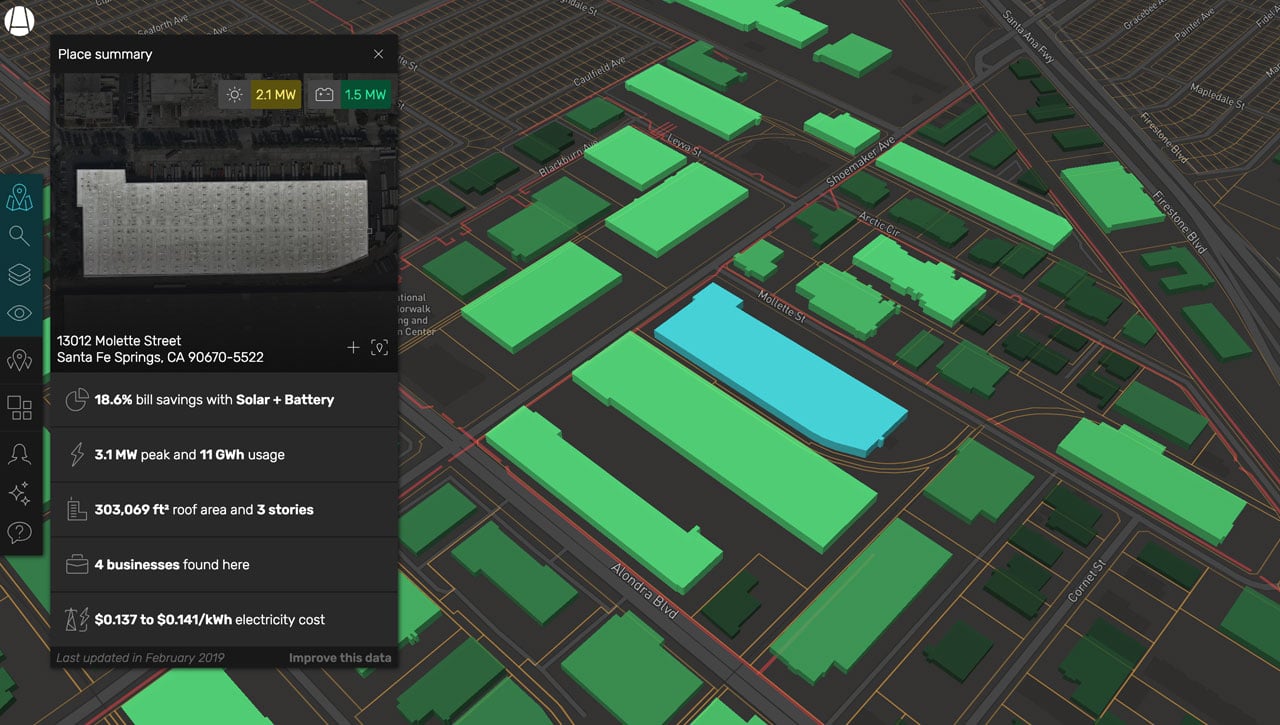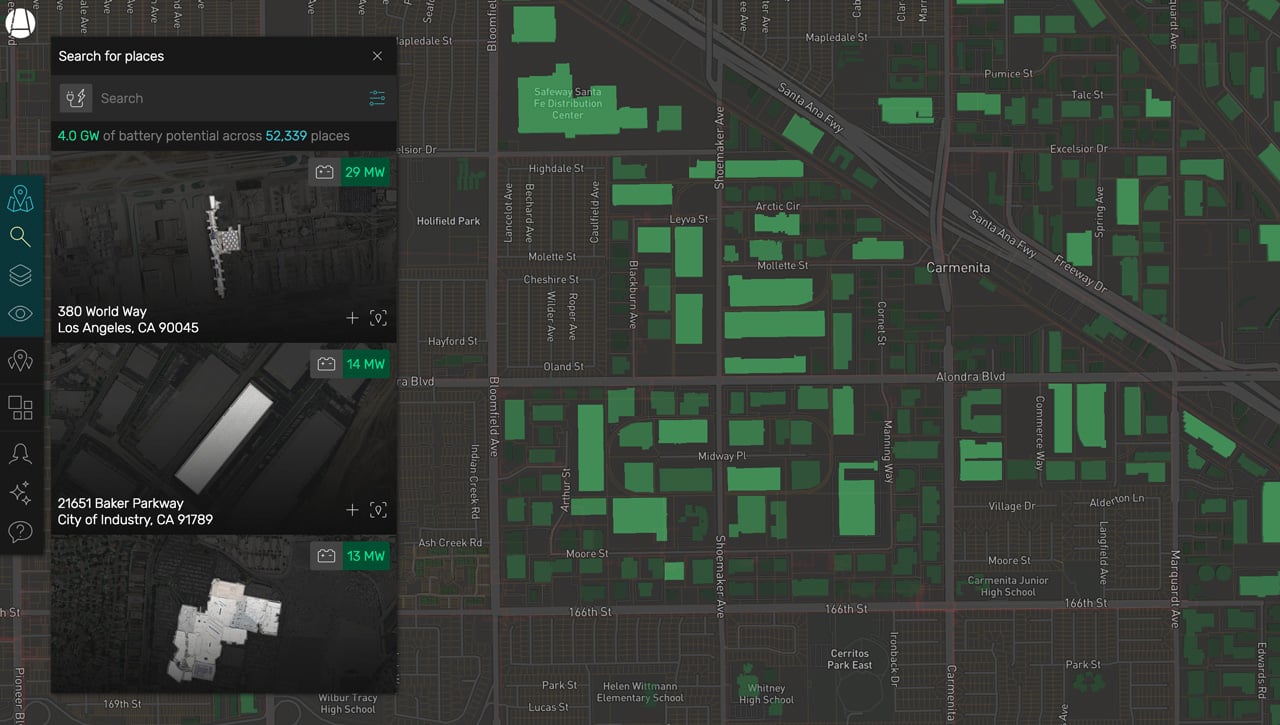We’re excited to announce Station A’s first white paper, titled Gigawatt-Scale Customer-Sited Potential (download here). We co-authored the paper with Stem and Sunrun, two leading developers who are both close Station A partners.
The paper quantifies the opportunity for “customer-sited” solar and storage to provide “resource adequacy,” a measure of reliability, to California’s grid. Our final argument, from the paper’s conclusion:
Customer-sited solar and battery storage across residential and C&I segments can provide upwards of 9,200 MW of Resource Adequacy across California, including 2,515 MW that are enabled by improvements to the CAISO PDR structure to enable RA value for the full capacity of customer-sited batteries. This includes hundreds of megawatts in areas where recent procurements have or are expected to focus on front-of-meter solutions with more limited resilience and customer benefits and that do not necessarily increase the clean energy mix on California’s grid.
The implications of this finding are important and align with Station A’s mission. If California has the flexibility to meet part of its reliability requirements through customer-sited renewables, it may mean we can move faster towards our state mandate of 100% zero-carbon electricity by 2045.
📐 Quantifying the potential of each building
Station A leveraged our platform to estimate the potential amount of solar and energy storage that could be installed on-site at California’s commercial and industrial buildings. We built this analysis from the ground up by estimating solar potential and energy storage potential at each of the 133,000 California buildings covered in our platform.
To be included in our estimate, we required that a building have:
- The physical space to support a system, either on or in the building or on the surrounding parcel of land
- Enough demand to consume the energy produced by the system
- A high likelihood of saving money by installing the system
You can explore the data we used for this analysis, and zoom in to see our resource potential estimates for each building, through the Station A Web Application.
 Building analysis for battery storage potential using Station A (source: Station A)
Building analysis for battery storage potential using Station A (source: Station A)
We did a lot of work with Stem and Sunrun to refine our product modeling methodology. It was a real privilege to learn from the practical experience of two industry leaders who are actually installing systems like these today.
Once we’d honed our methodology, calculating the results was as simple as performing one search for each area of interest on the Station A platform, with each search returning its result in less than a second.
🛣️ Getting to resource adequacy
But what does this mean for the grid? We needed to translate our estimates into the metric at the core of this paper, Resource Adequacy (RA).
RA is a metric that the California Public Utilities Commission (CPUC) uses to set power generation capacity requirements for California’s three investor-owned utilities (IOUs):
- Pacific Gas & Electric Company (PG&E)
- Southern California Edison (SCE)
- San Diego Gas & Electric (SDG&E)
These requirements ensure that the utilities procure enough capacity to keep the grid stable during peak demand, which typically occurs in the late summer when hot weather drives the maximum amount of air-conditioning units to run.
The CPUC sets an overall RA requirement for each utility, as well as local RA requirements for parts of their service territory where the transmission and distribution system is constrained. To give a sense of scale: the combined 2017 RA requirement for the IOUs was 47.5 GW. (See the CPUC 2017 Resource Adequacy Report).
Our paper estimates that solar and storage installations could provide 9.2 GW of RA, broken out by utility as:
- PG&E: 4.1 GW
- SCE: 4.0 GW
- SDG&E: 1.2 GW
 SCE territory analysis for battery storage potential using Station A (source: Station A)
SCE territory analysis for battery storage potential using Station A (source: Station A)
Considering that a large fossil fuel power plant has a capacity of around 1 GW, these figures are clearly large enough to be meaningful to the IOUs’ planning efforts. And the value of this RA is more than its proportion of the overall utility requirement. Distributed renewables can be sited where local reliability is needed most, notably in areas where grid operators are planning to retire conventional generation assets. This white paper shows that there is substantial potential for customer-sited renewables in these crucial geographies.
👀 What’s next?
Today, distributed energy resources are not fully valued in the capacity planning process. We’re announcing this paper on our blog in hopes that it will start a conversation about how they should be. We believe that a geospatial approach is required when planning the electrical grid, and considering local resources is part of that. We expect and hope that others will suggest ways our analysis could be improved. We would especially love to hear ideas and feedback from CAISO, the CPUC, and the CEC - the key stakeholders who design the rules of California’s electricity system.
This paper clearly highlights the power of our platform to give bottom-up answers to questions that have traditionally been approached in broad strokes from the top-down.
External stakeholders have already begun to approach us with interesting questions, ranging from queries about the effects a changing climate will have on commercial building energy use to the implications of changes to California’s time of use periods for customer-sited energy products. We hope that you, our readers, will sign up for the Station A platform and use it to ask these kinds of creative questions yourselves. We hope the answers help you find more good projects and scale the transition to clean energy sources faster.
